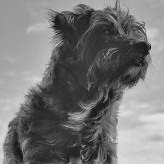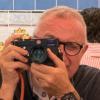Autofocus Adapter Canon EF to Leica SL by Novoflex
-
Recently Browsing 0 members
- No registered users viewing this page.
-
Similar Content
-
- 24 replies
- 3,504 views
-
- 41 replies
- 2,888 views
-
- 1 reply
- 241 views
-
- 5 replies
- 521 views
-
- 8 replies
- 352 views
-





Recommended Posts
Join the conversation
You can post now and register later. If you have an account, sign in now to post with your account.
Note: Your post will require moderator approval before it will be visible.